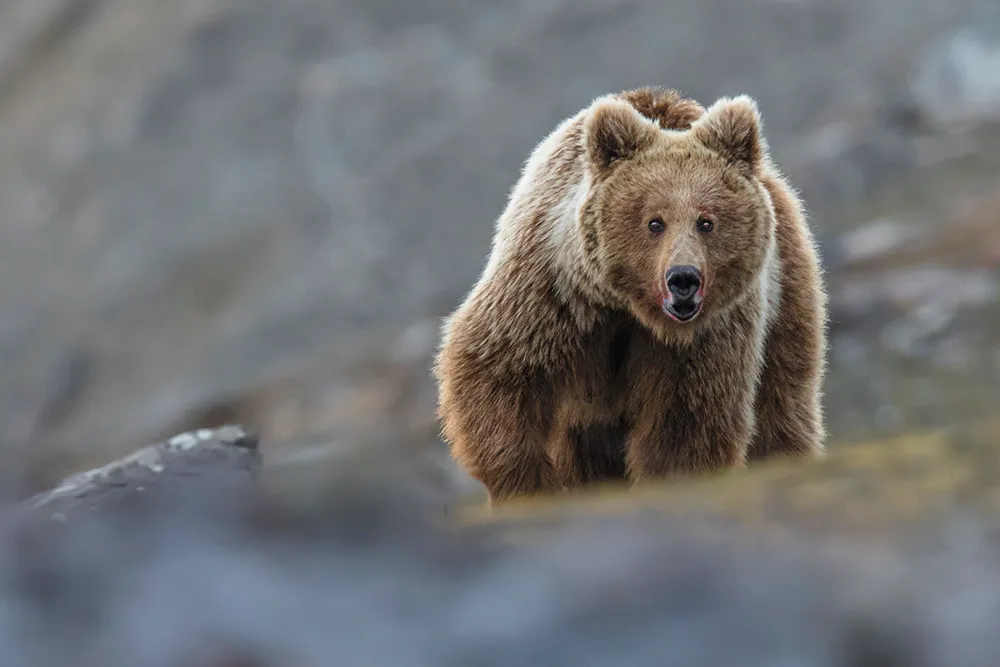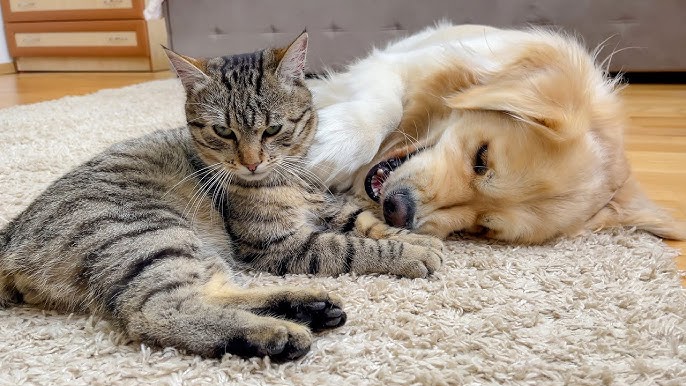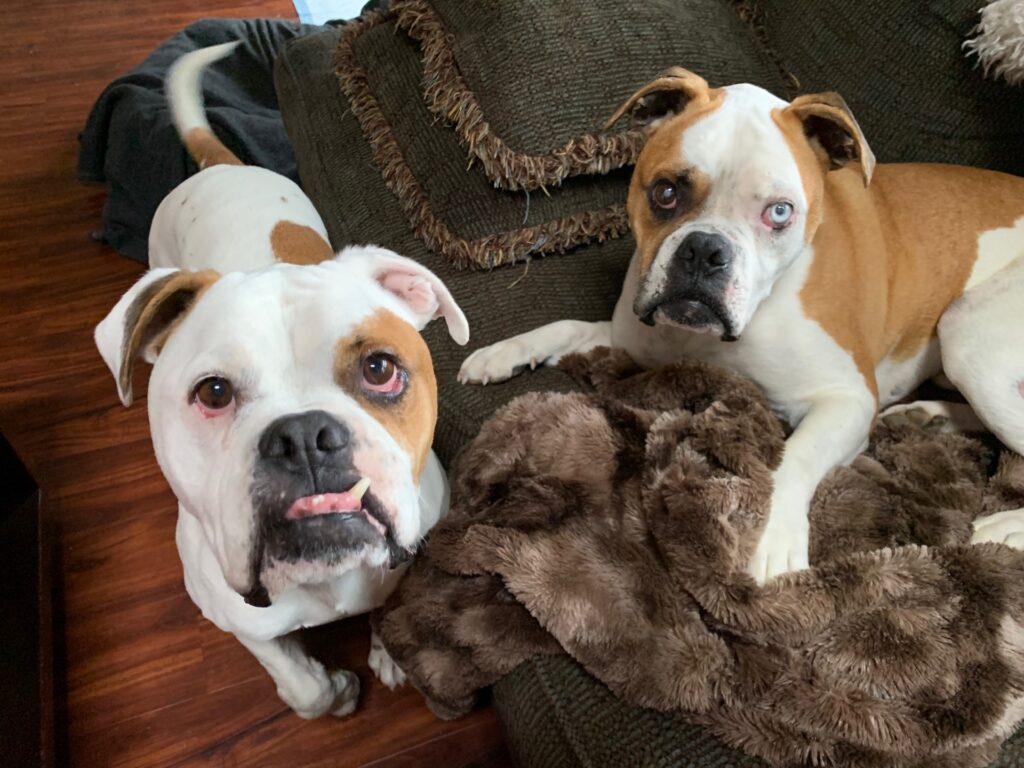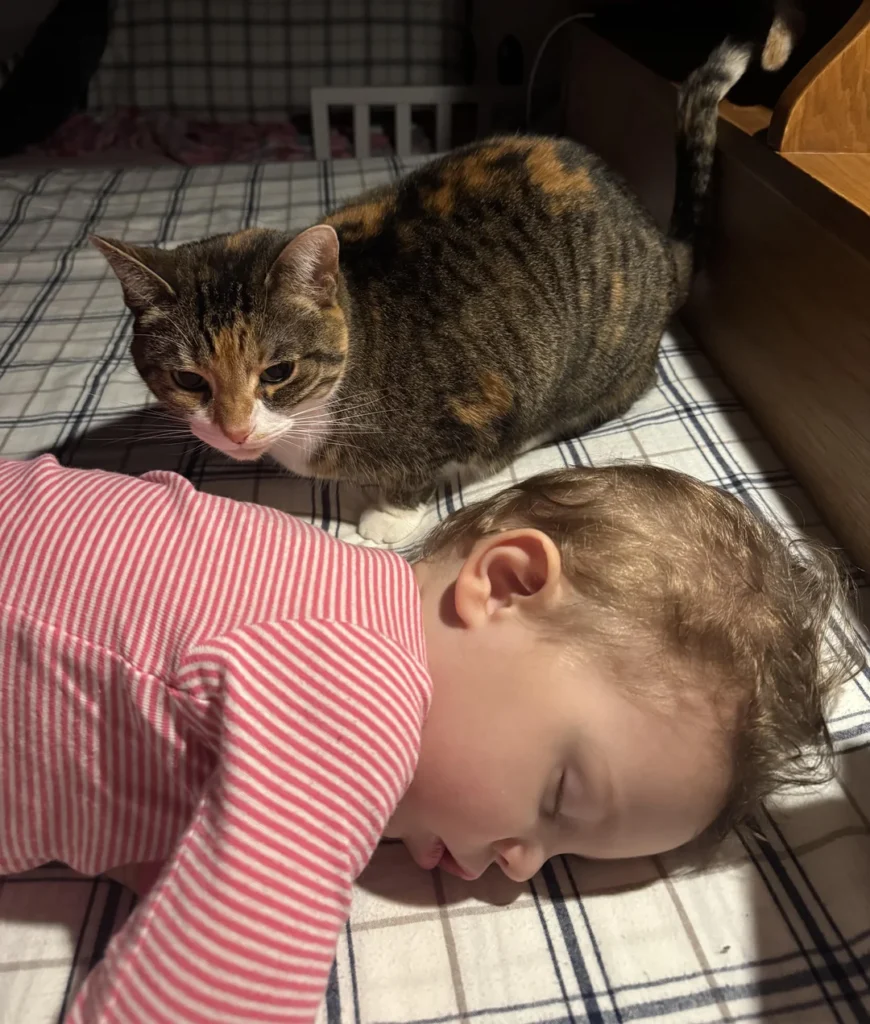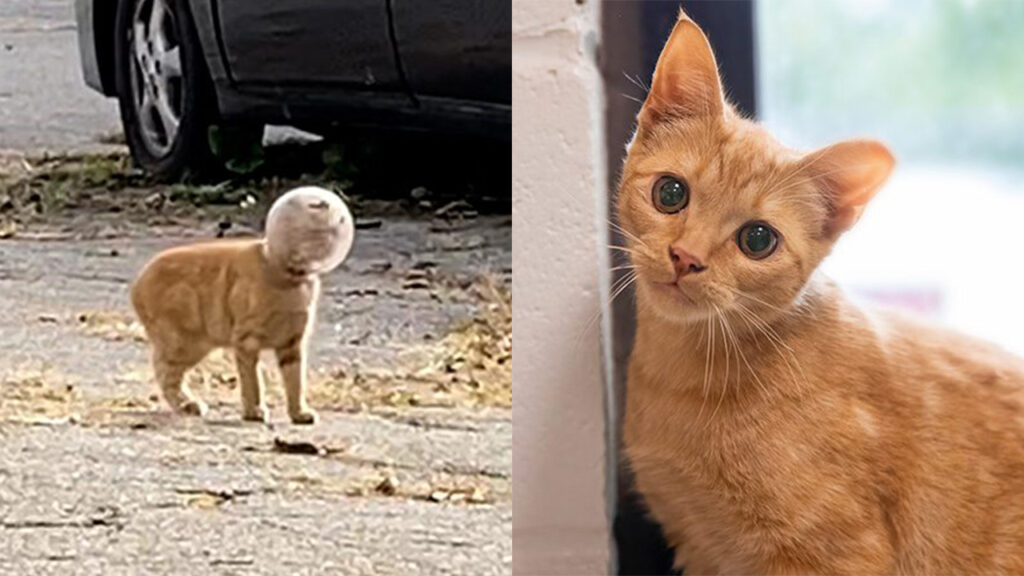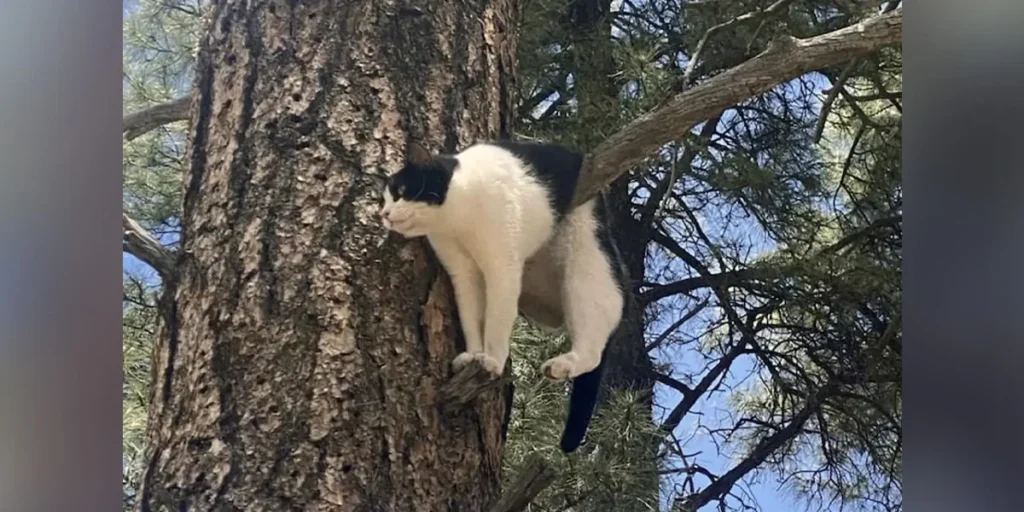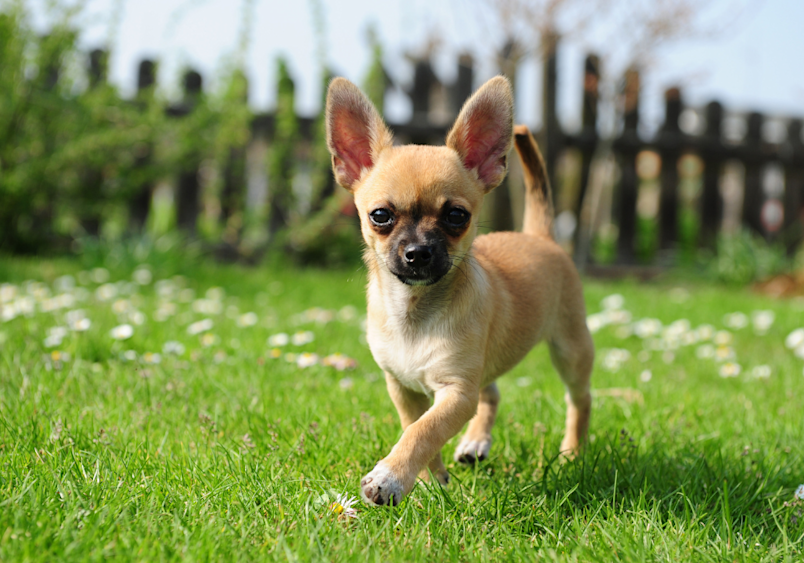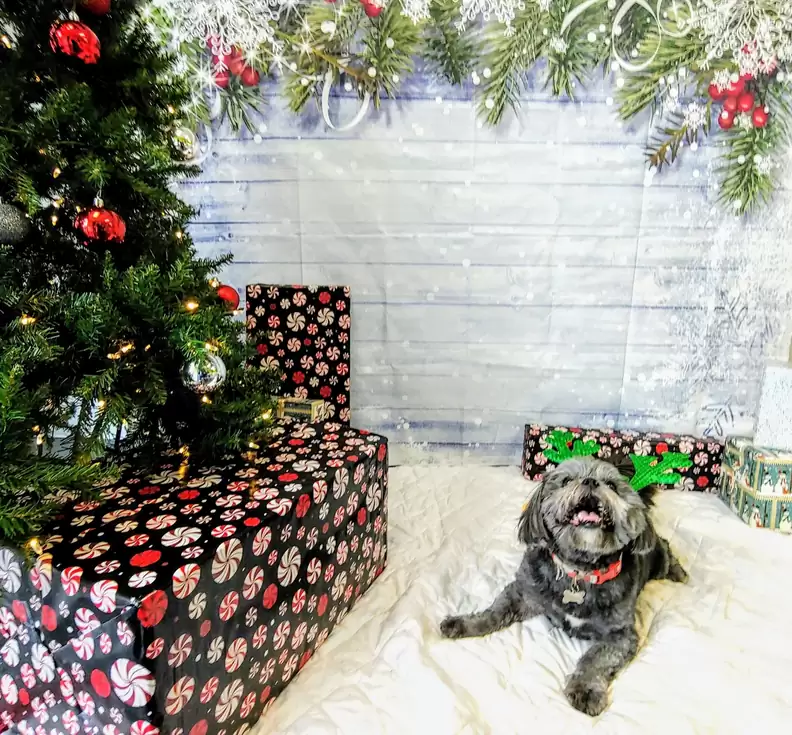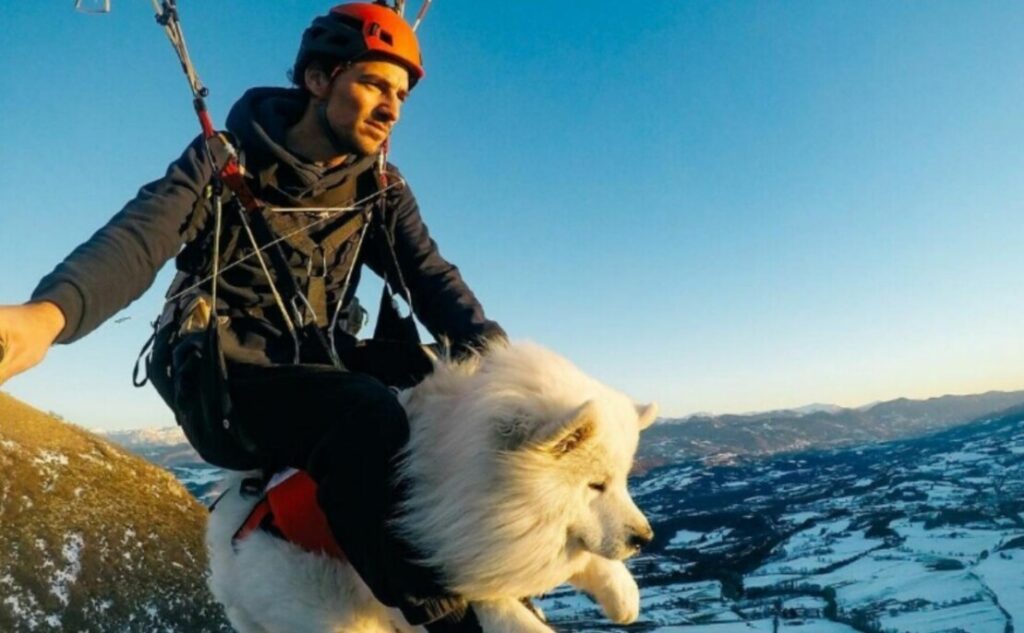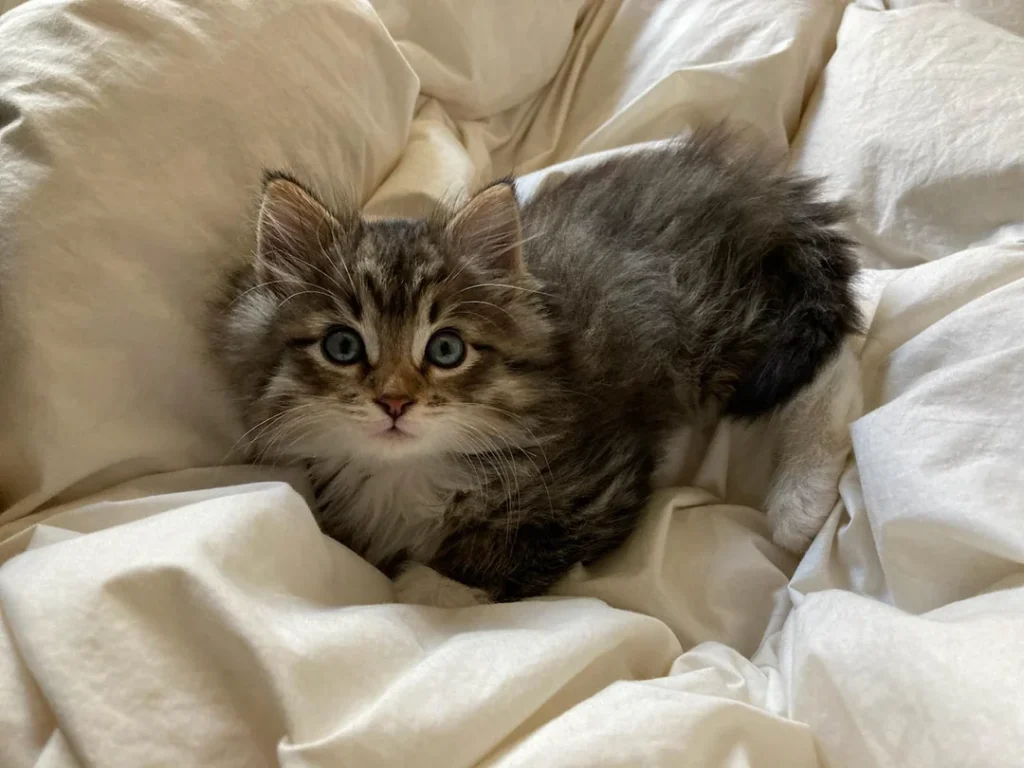He Finally Lived His Dream Of Running An Ice Cream Shop. Then The Cops Arrived
An Unusually Sweet Morning Call In the quiet, pre-dawn hours in South Lake Tahoe, California, the world is still and peaceful. The air is crisp, the sky is just beginning to blush with the promise of a new day, and the only sounds are the gentle lapping of the lake and the whisper of the wind through the pine trees. But on this particular morning, that peace was about to be interrupted by a truly bizarre call to the El Dorado County Sheriff’s Office. A report had come in about some unusual activity at a local ice cream parlor. The lights were on, there was definite movement inside, but the shop wasn’t scheduled to open for many more hours. A classic break-in seemed likely, but the deputies were about to discover that the culprit had a very different, and much sweeter, motive than theft. When they arrived on the scene, everything seemed quiet at first. They approached cautiously, peering through the front window, expecting to see a shattered cash register or a human suspect. Instead, they were met with a sight so surreal, so utterly unexpected, that they had to do a double-take, rubbing their eyes to make sure the early morning wasn’t playing tricks on them. There, standing calmly behind the counter, looking for all the world like he owned the place, was a very large, very furry, and very focused new manager. It was a local black bear. He had, by some impressive feat of ursine ingenuity, gained access to the shop and was now in the middle of what appeared to be a very serious product-tasting session. The deputies, as the Sheriff’s Office later wrote, “could barely believe their eyes.” The New Management The scene that greeted the officers was one of pure, comical absurdity. This wasn’t a panicked animal, trapped and scared, thrashing about in confusion. This bear looked like he was living out his ultimate, lifelong dream. He was completely in his element, a kid in a candy store—or rather, a bear in an ice cream parlor. The shop was now his, and he was taking his new role as manager very, very seriously. He seemed to be conducting a thorough inventory of the frozen treats, using his powerful nose to guide him. One can only imagine his sheer, unadulterated delight at discovering this treasure trove of sugary, creamy goodness. For a creature whose diet normally consists of berries, nuts, and the occasional grub, this was the jackpot of a lifetime. He was in charge, the sole proprietor of the best-smelling place in the entire town, and he was going to make the most of his short but glorious tenure. He wasn’t just a burglar; he was an entrepreneur, fulfilling his dream of managing his own small business. A Gentle Eviction As amusing as the situation was, the deputies knew that the bear’s dream of being a beloved local ice cream shop operator had to be short-lived. A gentle, but firm, eviction was in order. They didn’t use sirens or force; instead, they began a calm and patient negotiation through the door, a conversation between law enforcement and the new furry proprietor. With some gentle encouragement—likely a few loud claps and firm, authoritative voices—they managed to persuade the furry manager that his shift was over and it was time to clock out. The bear, seeming to understand that his glorious time in paradise was up, reluctantly agreed to leave. But not before making one final, decisive executive decision. As the Sheriff’s office noted with amusement, he “showed interest in the strawberry ice cream” on his way out, perhaps grabbing one last scoop for the road as a well-earned severance package. He ambled out of the shop and back into the wild, leaving behind a story that the deputies would be telling for the rest of their careers, the tale of the furriest and most focused burglar they had ever encountered. The Tidiest Burglar in Town After the new manager had officially clocked out and disappeared back into the woods, the deputies and the shop’s actual owner finally entered to inspect the premises, bracing for the worst. They expected overturned tables, smashed glass, and a sticky, melted mess. But once again, they were met with a complete surprise. The bear, it turned out, was an incredibly considerate and tidy guest. He hadn’t ransacked the place in a wild, sugar-fueled frenzy. He hadn’t overturned tables or smashed the glass displays. In fact, aside from the obvious ice cream theft and some tell-tale paw prints, he had been a model employee. “[He] caused barely any property damage and there was barely any cleanup,” the Sheriff’s Office wrote, with a clear note of admiration in their post. The enterprising bear had fulfilled his dream. For one glorious morning, he was the proud manager of his very own ice cream parlor. He had conducted a thorough quality control check of the inventory, he had chosen his favorite flavor, and he had left the place in surprisingly good order. It was a story with no damage, no injuries, and a very happy ending for a bear with a serious sweet tooth and a short but brilliant career in the frozen dessert industry.
He Finally Lived His Dream Of Running An Ice Cream Shop. Then The Cops Arrived Read More »

